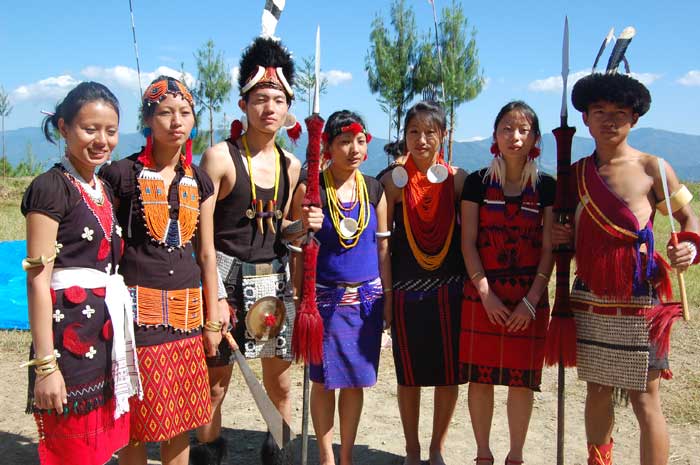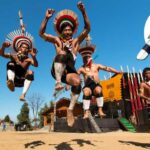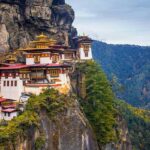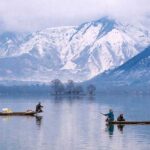Hornbill Festival & Nagaland

Nagaland is one of the “seven sisters” of North-East India. One of the smaller hill states of India, Nagaland is known for its myriad tribes with their rich culture and traditions. The State has a distinct character both in terms of its social composition as well as in its developmental history. If India is a country that boasts of “unity in diversity”, then the North-East is its most visible embodiment. Among the North-Eastern states, Nagaland stands out as a land of diverse tribes, systems of governance, cultures, sheer colour and variety. As its 16 major tribes hold their festivals each calendar month of the year, Nagaland is often referred to as the “land of festivals”.
What is more, the State has had to confront insurgency on a continuous basis, committing much of its scarce resources to administrative and related expenditures. Though Nagaland has been confronted with special constraints and challenges in the areas of politics, economics, geographical terrain, and development, especially of infrastructure, the “social capital” and resilience of the Naga village communities are not only giving hope but also beginning to help overcome the other difficulties. Indeed, in spite of its many constraints and challenges, Nagaland has continued to chart new developmental paths for itself and has shown a unique model for the country.
People, Art & Culture
Nagaland, the land of the hospitable and warm Nagas, lies in the corner of India’s North-East bordering Myanmar. It has always evoked a sense of awe and wonder in the minds of people including the visitors. Historically, the Nagas have always been brave warriors. They consider the safety and security of their guests as an honour and prestige and will never allow any harm to be done to any of their guests/visitors. Topographically, Nagaland is mostly a hilly region with a pleasant and salubrious climate throughout the year, except for a small region in the foothills. Nagas are by race of the Mongoloid stock and speak Tibeto-Burman group of languages. But English and Hindi are widely spoken and language is no problem in Nagaland.
Colourful life and culture are an integral part of the 16 officially recognized Naga tribes of Nagaland. These 16 tribes are different and unique in their customs and traditions. These customs and traditions are further translated into festivals which revolve around their agricultural cycle. Songs and dances form the soul of these festivals through which their oral history has been passed down the generations.
A rich heritage: The Hornbill Festival
“When I admire the wonders of a sunset or the beauty of the moon, my soul expands in the worship of the Creator”
— Mahatma Gandhi
Nagaland, sometimes referred to as the ‘Switzerland of the East’, represents unimaginable beauty, moulded perfectly for a breathtaking experience. A narrow strip of mountainous territory with rugged hills, emerald valleys, sparkling streams and a rich variety of flora and fauna represents unimaginable beauty. The 20-lakh-strong Naga people, by nature, are fun lovers, and life in Nagaland is one long festival.
The Hornbill Festival held in the first week of December shows that with its stunning natural beauty and great cultural traditions, Nagaland can offer a rich fare to tourist. Each of the tribal communities that dwell in the hills can be distinguished by the colourful and intricately designed costumes, jewellery and beads that its members wear. The traditional ceremonial attire of each tribe is different from that of the other. There are the multi-coloured spears and daos decorated with dyed goat’s hair, the headgear made of finely woven bamboo interlaced with orchid stems and adorned with boar’s teeth and hornbill’s feathers, and ivory armlets. In the olden days, warriors had to prove their valour if they wanted to wear these.
Read the full article by subscribing to the print magazine or the digital edition.
C. Joseph is a counsellor at St Joseph’s College, Jakhama in Nagaland. He has authored books, written a number of articles and has produced several music albums in English and Tamil.





